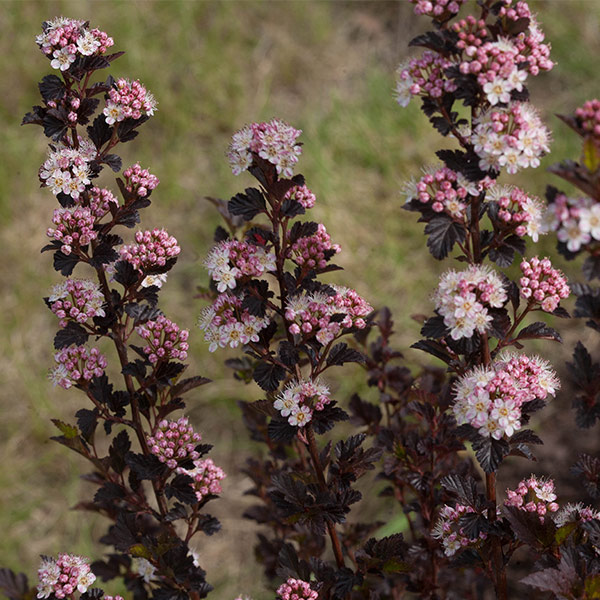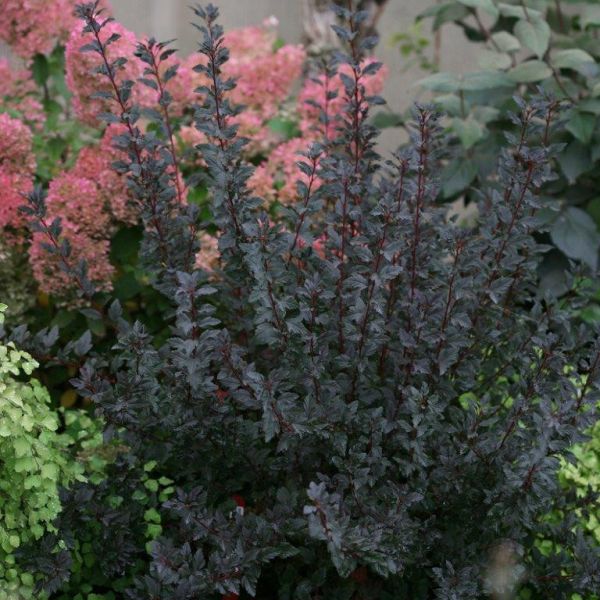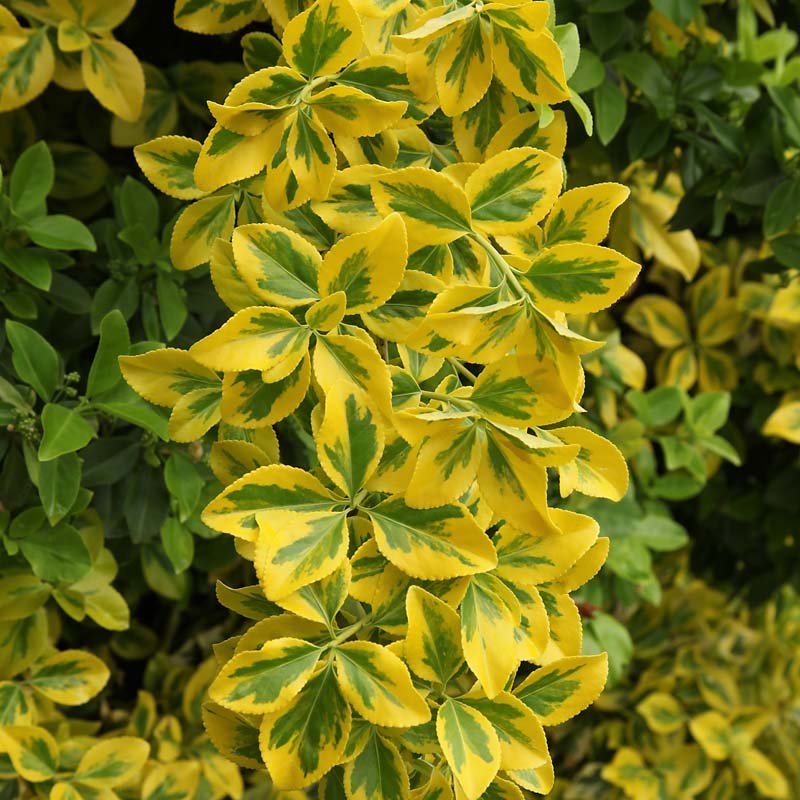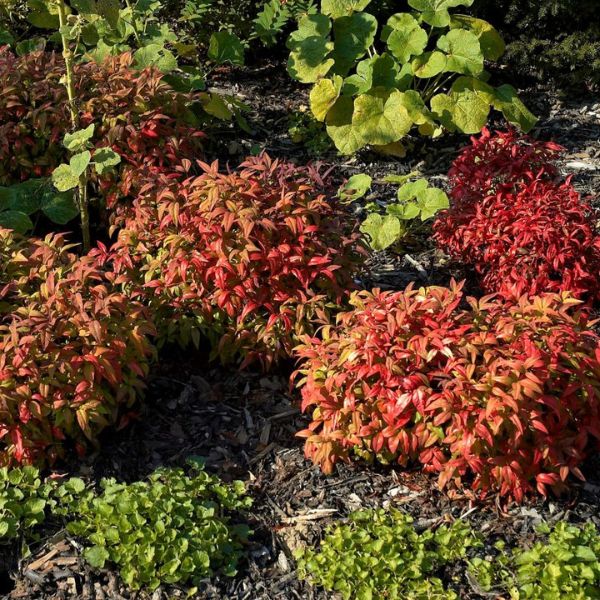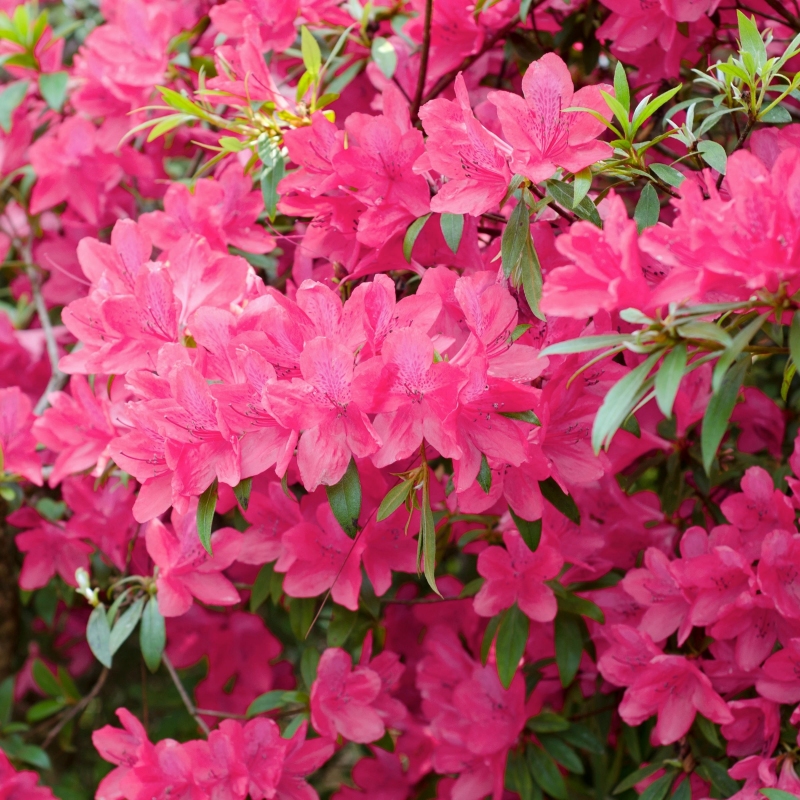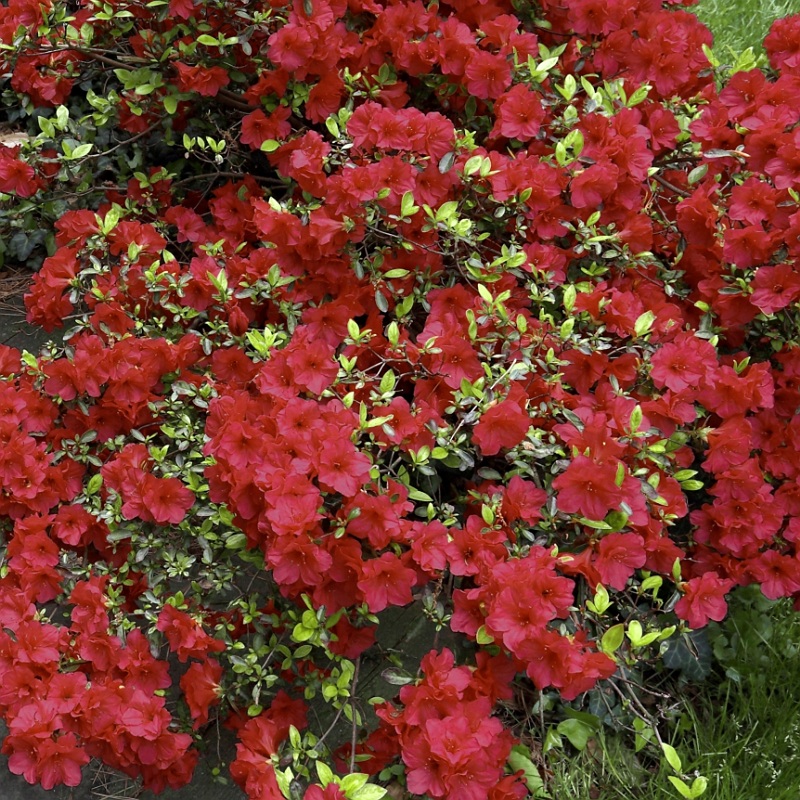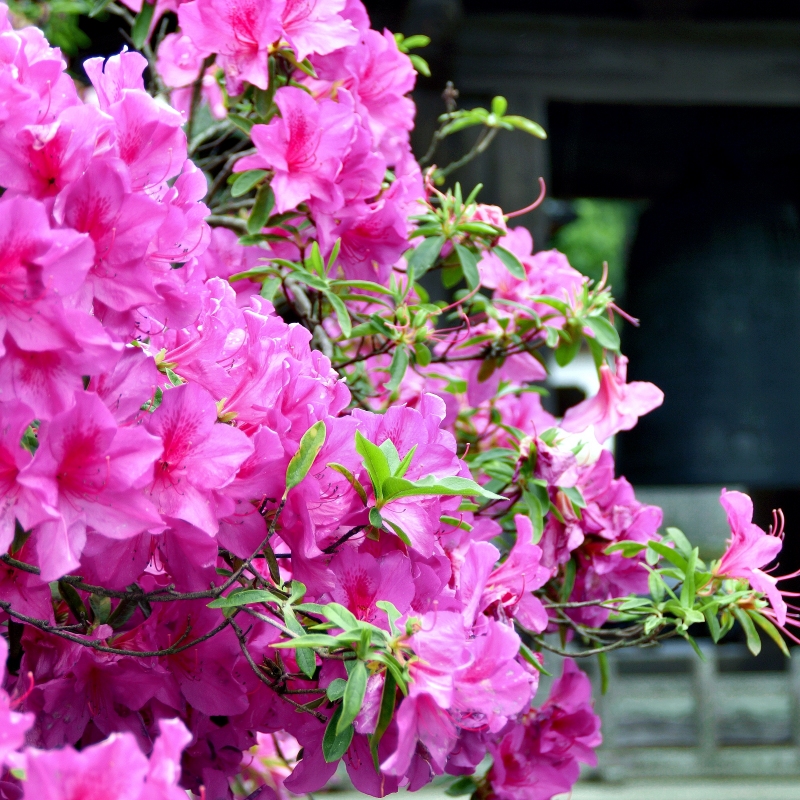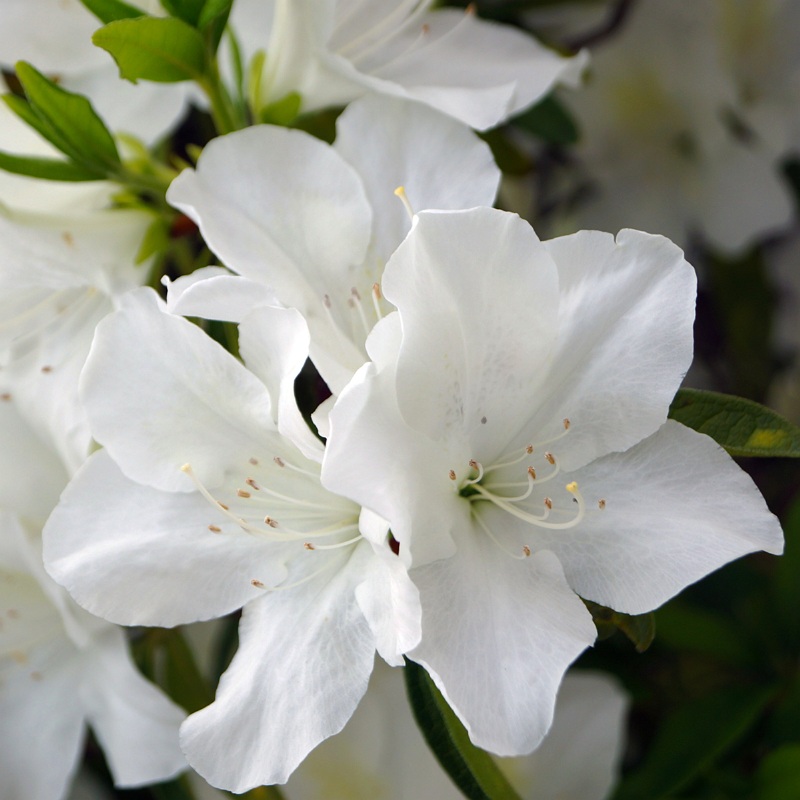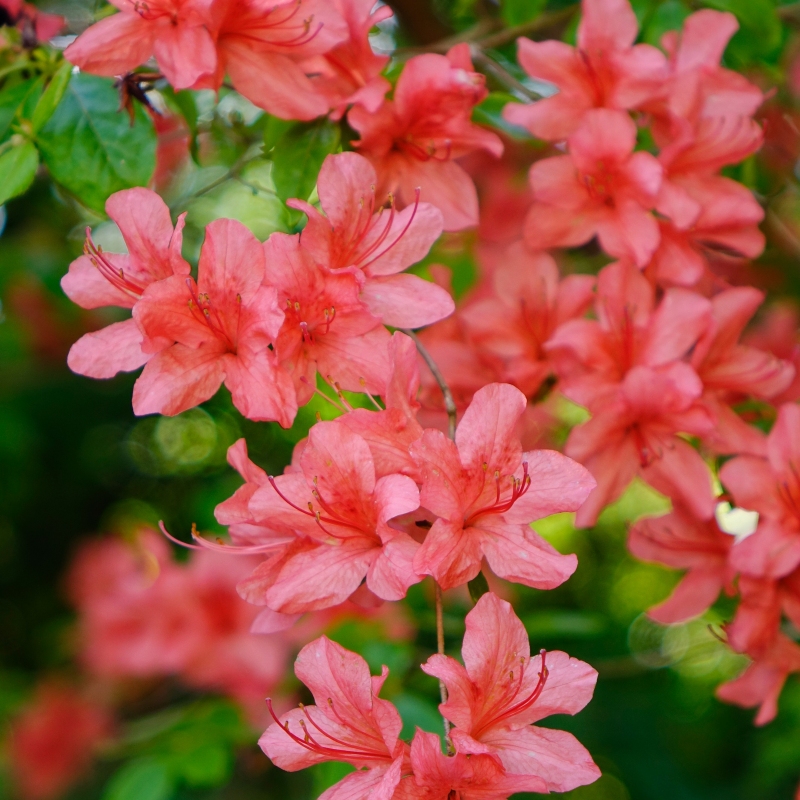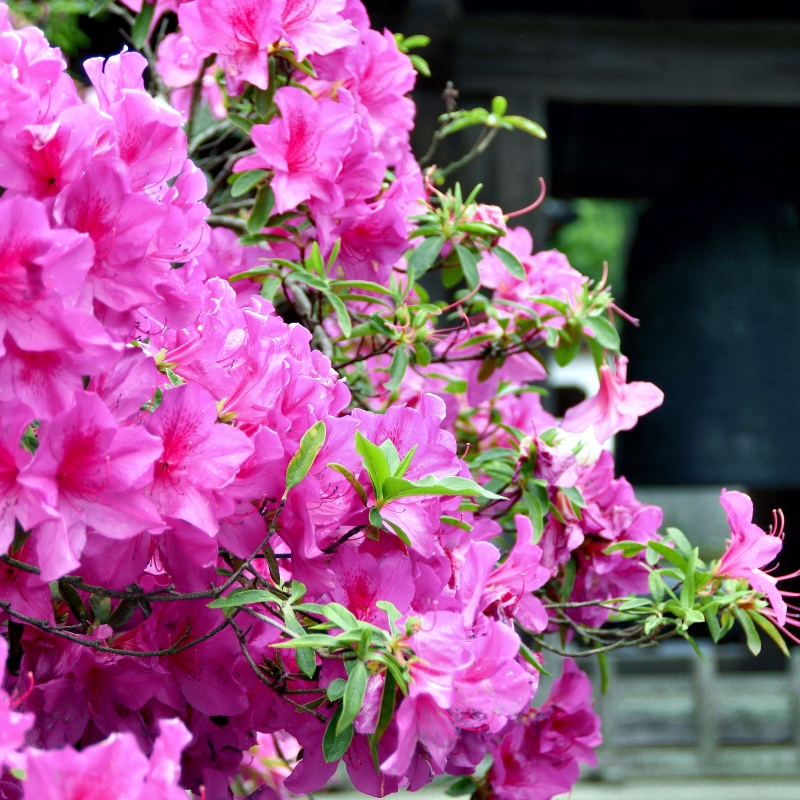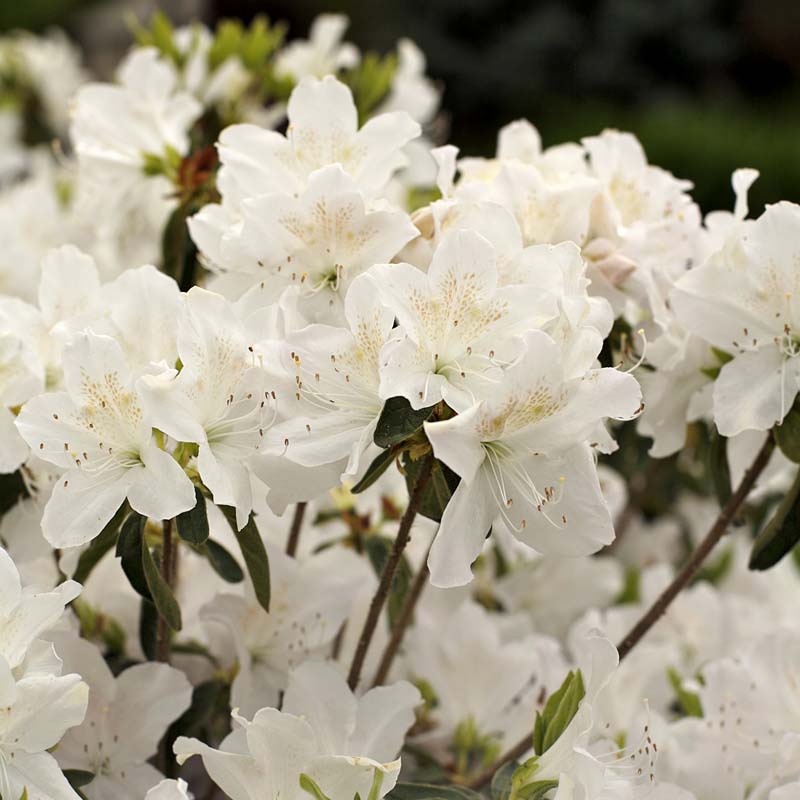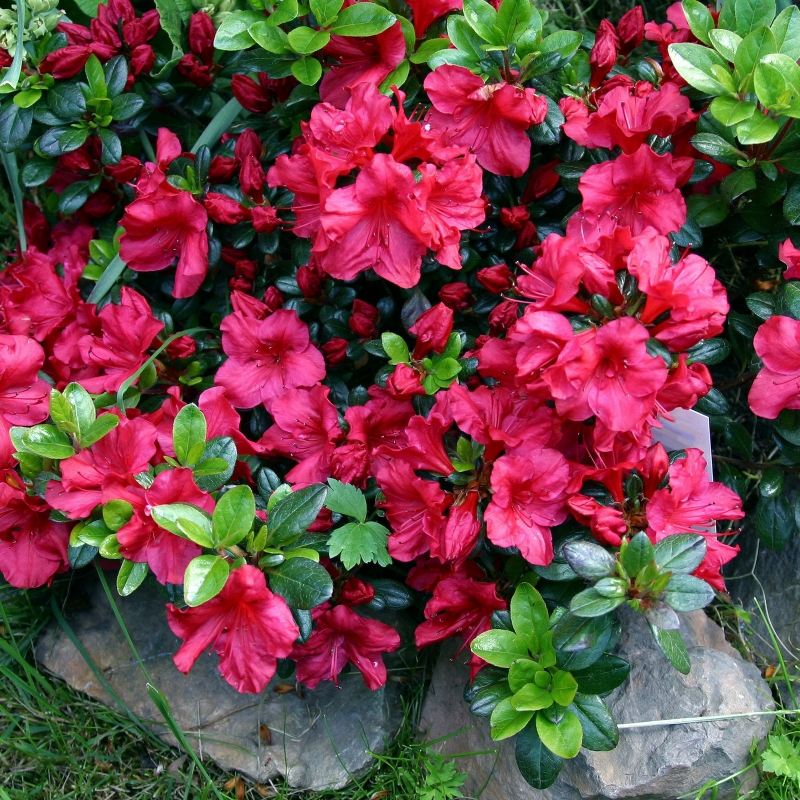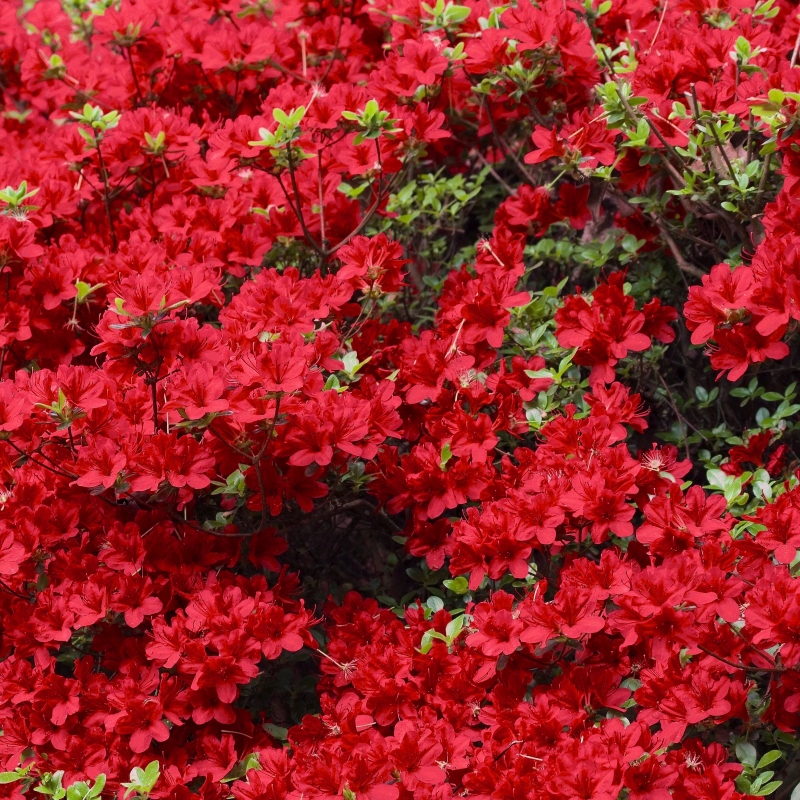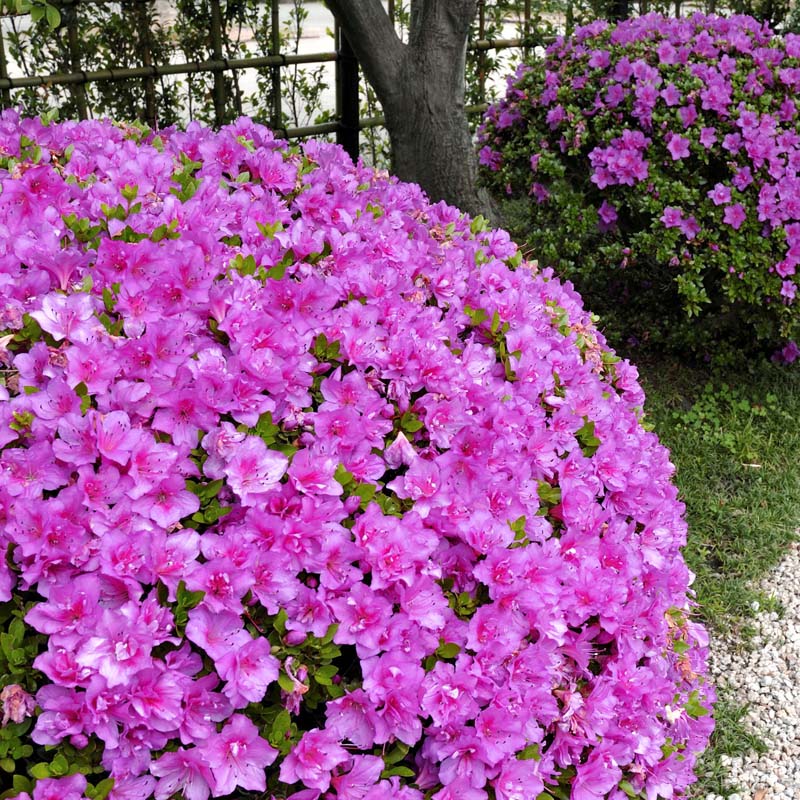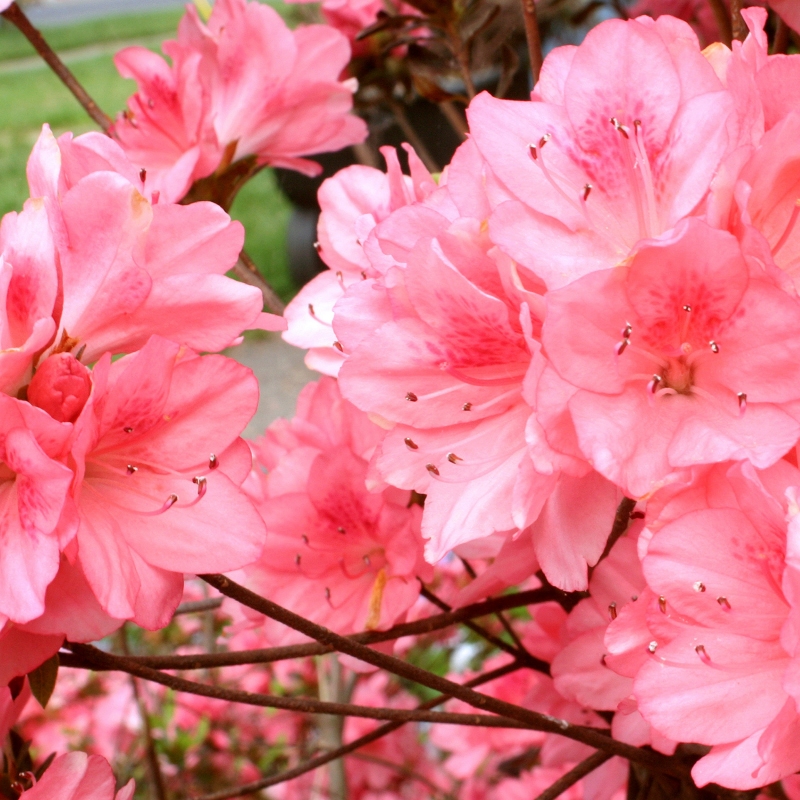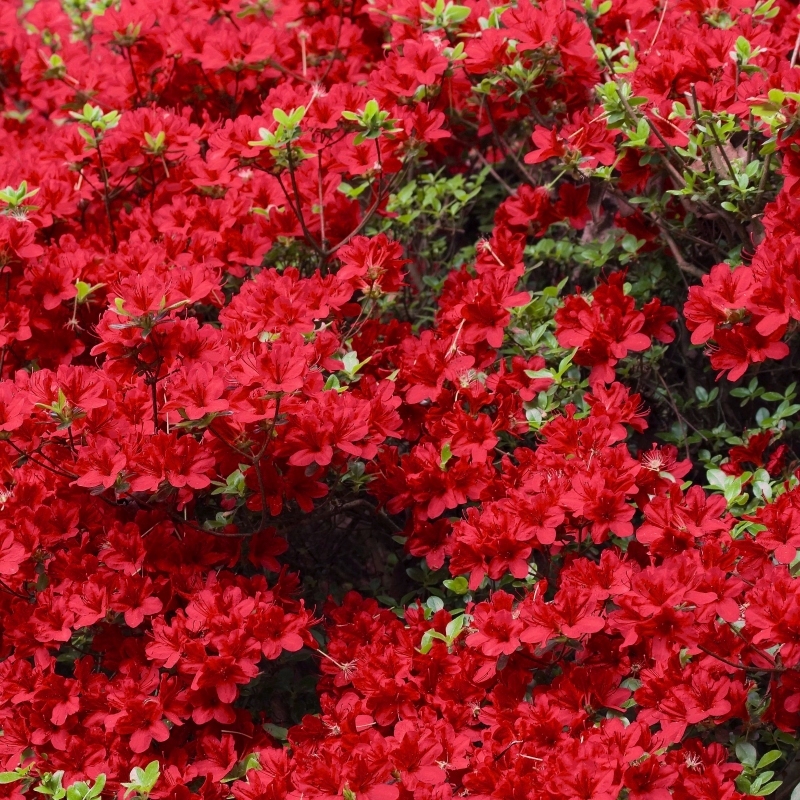

Tiny Wine Ninebark
Physocarpus opulifolius 'SMPOTW'
7 reviews


Tiny Wine Ninebark
Physocarpus opulifolius 'SMPOTW'
7 reviews
- Compact size makes it perfect for small gardens or containers
- Attractive wine-colored foliage provides year-round interest
- Drought-tolerant and easy to maintain
- Ships to 43215 in 7-10 Days
- Free Shipping Over $150
- Plant Arrival Guarantee
- In Stock
- Free Plant Consult
$200
$101.00
$145.00
30% Off
2.5 Gallon
We are sorry, product is currently out of stock due to seasonal availability. Please check the "Related plants available in your area" section below
Why Tiny Wine Ninebark?
Tiny Wine Ninebark is a compact shrub known for its unique wine-colored foliage and abundant pinkish-white blooms that appear in the spring. This low-maintenance plant is perfect for small gardens or as an accent in larger landscapes. Its dense growth habit also makes it an excellent choice for hedging. It is highly adaptable to a wide range of soil types and requires minimal pruning.
Related plants available in your area
Sunlight
Tiny Wine Ninebark requires full sun or at least 6 hours of direct sunlight per day to thrive and maintain its compact form and vibrant foliage.
Watering
Tiny Wine Ninebark has a moderate watering requirement. It prefers consistently moist soil but can tolerate some periods of drought once established. Regular watering, about 1-2 inches per week, is recommended, especially during hot and dry weather.
Fertilizing
Tiny Wine Ninebark requires a balanced fertilizer with a ratio such as 10-10-10 or 20-20-20. It is essential to follow the instructions provided on the fertilizer packaging and apply it in the recommended amount to avoid over-fertilization.
Velvet Essence: Tiny Wine Ninebark - A Symphony of Elegance
Indulge your senses in the exquisite allure of Tiny Wine Ninebark, a botanical masterpiece that orchestrates a symphony of elegance and charm in every corner of your garden. Like a velvety essence, this compact shrub captivates with its deep-hued foliage, delicate blossoms, and a refined presence that leaves a lasting impression.
Tiny Wine Ninebark unveils a rich tapestry of burgundy foliage, a dramatic backdrop that sets the stage for a captivating display. The intricately cut leaves, reminiscent of fine lacework, drape the branches in a luxurious cascade, revealing a texture that begs to be caressed. This lush foliage deepens in color as the seasons progress, enchanting the eye with its depth and intensity.
The Tiny Wine Ninebark adorns itself with clusters of delicate white or pinkish flowers that emerge in early summer. These charming blossoms, tinged with subtle blush, create a delightful contrast against the dark foliage as if nature herself had painted each petal with a delicate brushstroke. Their dainty presence, like a heavenly whisper, invites pollinators to dance amidst their fragrant embrace.
With a compact and mounding form, Tiny Wine Ninebark possesses a refined stature that lends itself to various garden settings. Whether planted as a low hedge, a striking border, or an accent in a container, this botanical gem exudes an air of sophistication, elevating the landscape with its petite yet commanding presence.
Thriving in full sun or partial shade, Tiny Wine Ninebark demonstrates its adaptability, gracing gardens with its beauty in various environments. Its resilience shines through, as it withstands both heat and cold with ease, making it a reliable choice for gardeners seeking a low-maintenance companion. Its remarkable resistance to pests and diseases adds to its appeal, granting peace of mind and allowing you to fully indulge in the splendor it offers.
Embrace the symphony of elegance that Tiny Wine Ninebark conducts, and allow it to infuse your garden with its velvety essence. Let it's deep-hued foliage and delicate blossoms create a harmonious melody that delights the senses and captivates the heart. Whether adorning a cottage garden, a modern landscape, or a tranquil retreat, this botanical treasure promises to be a timeless source of inspiration, casting a spell of beauty and refinement upon your outdoor sanctuary. Surrender to its irresistible allure and be enveloped in the velvety essence of Tiny Wine Ninebark.
Plant Information:
| Botanical Name: | Physocarpus opulifolius 'SMPOTW' |
| USDA Zones: | 3-8 |
| Water: | Moderate |
| Exposure: | Full Sun |
| Soil Needs: | Well Drained |
| Mature Height: | 3 - 4 feet |
| Mature Spread: | 3 - 4 feet |







Pollination Info
Pollination Information for Tiny Wine Ninebark (Physocarpus opulifolius 'SMPOTW')
Tiny Wine Ninebark is a deciduous shrub that belongs to the rose family. The plant produces small, white or pink flowers in clusters in the spring. The flowers are hermaphroditic, meaning they have both male and female reproductive parts.
The plant is pollinated by insects, particularly bees, butterflies, and moths. The flowers produce nectar, which attracts these pollinators. As they feed on the nectar, they inadvertently transfer the pollen from the male parts of the flower to the female parts of another flower, allowing for fertilization to occur. This fertilization leads to the development of fruit, which in this case is a dry, five-lobed capsule that contains several seeds.
It's important to note that Tiny Wine Ninebark is a self-sterile plant, meaning that it cannot pollinate itself. Therefore, it must rely on cross-pollination from another plant of the same species. So, if you're planning on growing this shrub, it's best to plant at least two to ensure proper pollination and fruit development.
In summary, Tiny Wine Ninebark is pollinated by insects, particularly bees, butterflies, and moths. It produces small, white or pink flowers in clusters in the spring. The plant is self-sterile, so it requires another plant of the same species for cross-pollination and fruit development.
FAQ
Tiny Wine Ninebark (Physocarpus opulifolius 'SMPOTW') FAQ
- What is the Tiny Wine Ninebark?
The Tiny Wine Ninebark is a deciduous shrub that belongs to the rose family.
- What are the characteristics of the Tiny Wine Ninebark?
The Tiny Wine Ninebark has a dark purple foliage and light pink flowers that bloom in the spring.
- What is the size of the Tiny Wine Ninebark?
The Tiny Wine Ninebark typically grows up to 3-5 feet tall and wide.
- What is the hardiness zone for the Tiny Wine Ninebark?
The Tiny Wine Ninebark is hardy in zones 3-7.
- What is the preferred soil type for the Tiny Wine Ninebark?
The Tiny Wine Ninebark prefers well-draining soil that is rich in organic matter.
- What is the appropriate sun exposure for the Tiny Wine Ninebark?
The Tiny Wine Ninebark prefers full sun to partial shade exposure.
- How often do I need to water the Tiny Wine Ninebark?
The Tiny Wine Ninebark needs to be watered regularly during the first growing season. Once established, it only needs to be watered during long periods of drought.
- What is the prunning requirement for the Tiny Wine Ninebark?
The Tiny Wine Ninebark only needs occasional prunning to remove dead or damaged branches.
- What are the common diseases and pests associated with the Tiny Wine Ninebark?
The Tiny Wine Ninebark is susceptible to leaf spot and powdery mildew. It may also attract aphids and spider mites.
- How do I propagate the Tiny Wine Ninebark?
The Tiny Wine Ninebark can be propagated by softwood cuttings in the summer.
Planting & Care
Planting & Care for Tiny Wine Ninebark (Physocarpus opulifolius 'SMPOTW'):
Planting:
- Choose a location that receives full sun to part shade.
- Plant in well-draining soil with a pH range of 5.5 to 7.5.
- Dig a hole two times as wide and as deep as the root ball.
- Place the plant in the hole and backfill with soil.
- Water thoroughly after planting.
Care:
- Water regularly, especially during dry spells.
- Fertilize in early spring with a balanced, slow-release fertilizer.
- Prune in late winter to early spring to promote new growth and maintain shape.
- Watch for common pests such as aphids and spider mites.
- Monitor for disease such as leaf spot and powdery mildew.
Check Out These Verified Customer Reviews:
Customer Reviews
4.7 out of 5 based on 7 reviews
Thank you! Your review has been submitted.
High-quality plant, very happy with purchase
Website was easy to navigate
Great condition upon arrival
Item has been added to your cart.



